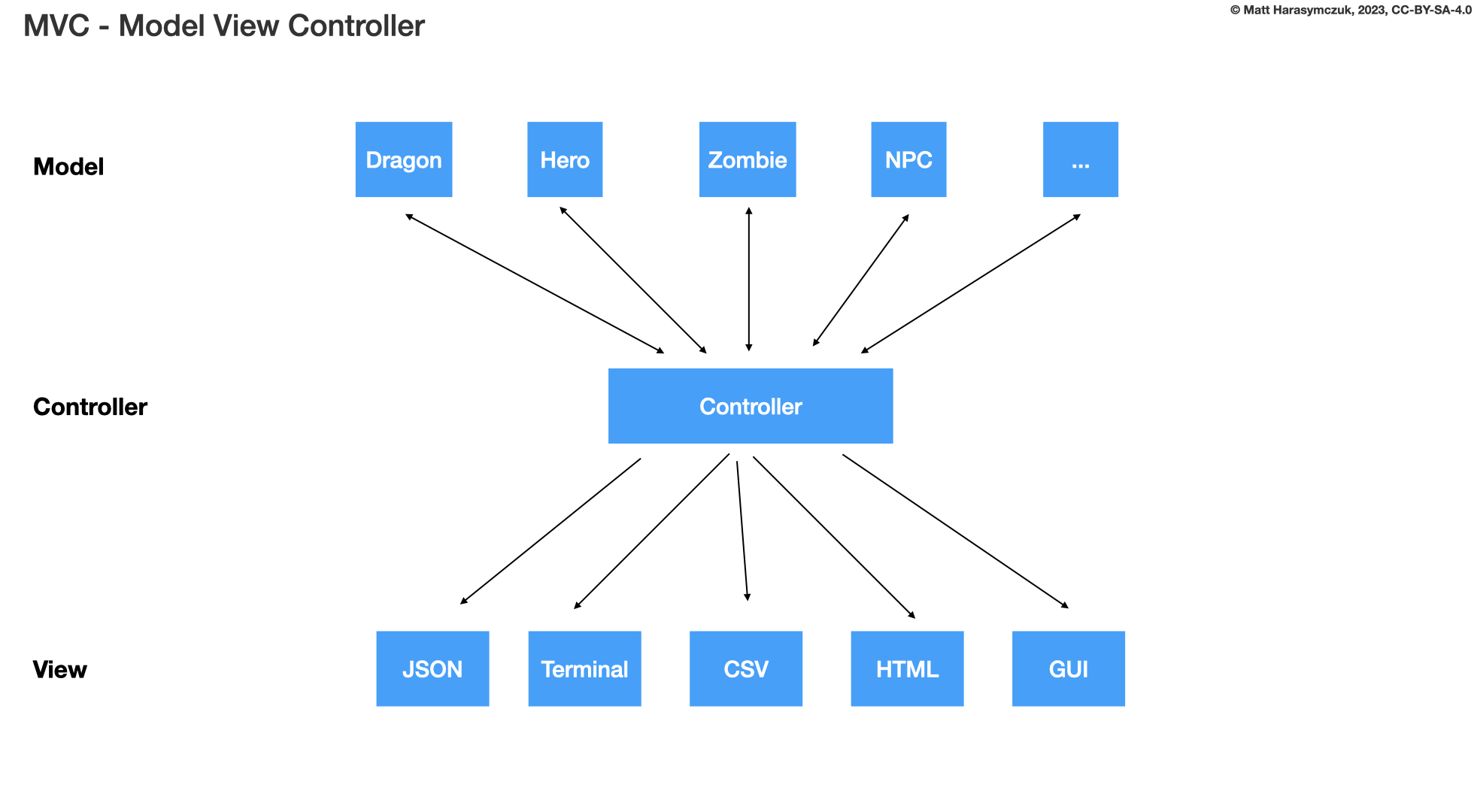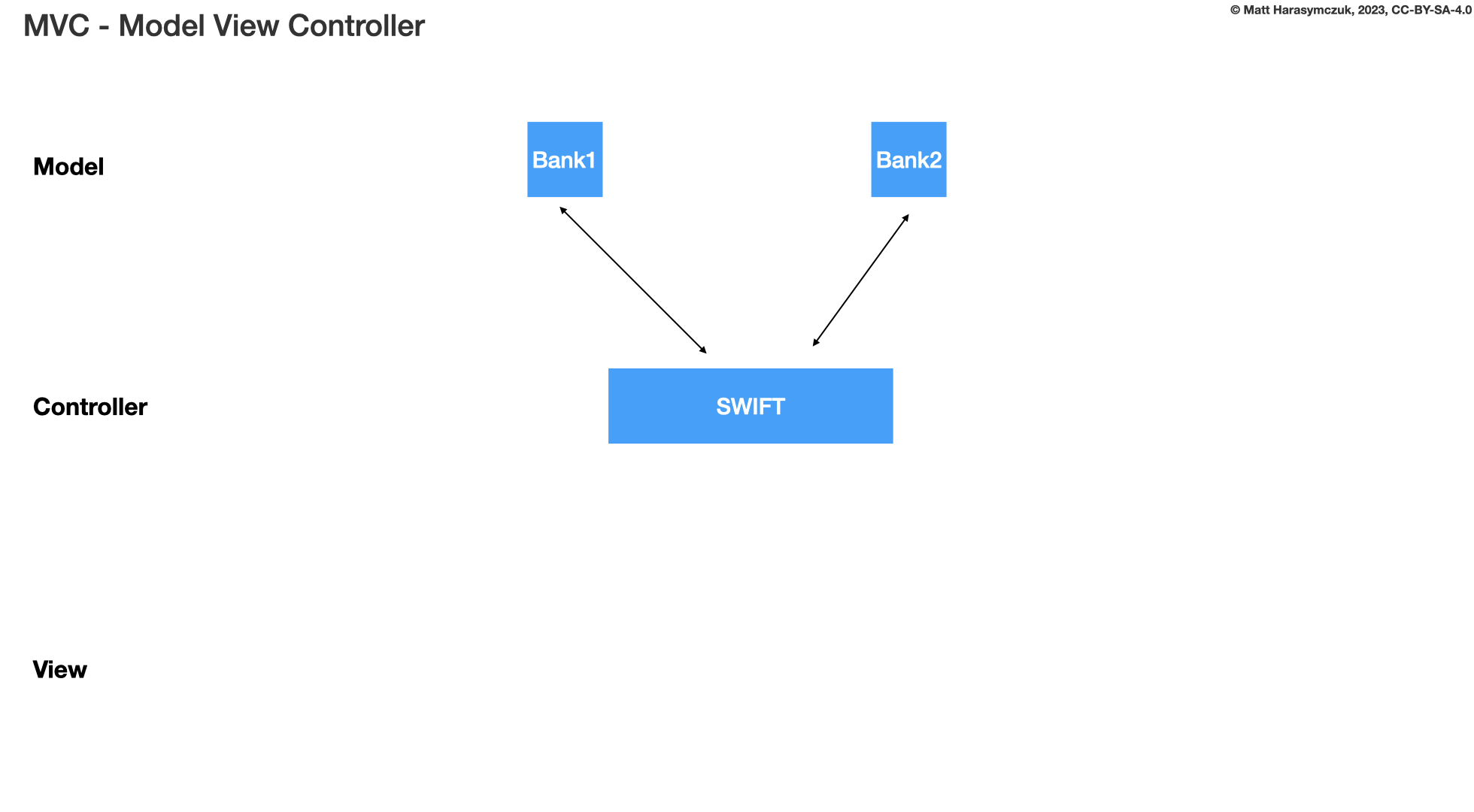3.11. ADR Dragon Damage Make
Dragon makes damage
3.11.1. Option 1
>>> dragon.get_damage()
Good:
Easy use
Readability
Clear intent
Easy to add validation if needed
Bad:
Name
get_damage()indicate a getter ofdamageattribute
Decision:
rejected, bad method name
3.11.2. Option 2
>>> dragon.attack() # dragon -> enemy
>>> dragon.hit() # dragon <-> enemy
>>> dragon.hurt() # dragon <- enemy
>>> dragon.damage() # dragon <- enemy
>>> dragon.wound() # dragon <- enemy
Good:
Indication of direction is too weak
dragon <-> enemyNot directed, all methods could mean making damage or receiving damage
Rationale:
Some method names has stronger emphasis on who is making damage to whom.
Consider this: dragon.hurt() - is that dragon who makes damage or takes
damage?
>>> dragon.make_damage() # dragon --> enemy
>>> dragon.attack() # dragon -> enemy
>>> dragon.hit() # dragon <-> enemy
>>> dragon.hurt() # dragon <- enemy
>>> dragon.take_damage() # dragon <-- enemy
Decision:
rejected, bad method names
3.11.3. Option 3
>>> dragon.take_damage() # dragon <-- enemy
Good:
Simple
Bad:
Relation is other way around
dragon <-- enemy
Decision:
Rejected, relation is other way around
3.11.4. Option 4
>>> dragon.deal_damage() # dragon --> enemy
>>> dragon.hurt_someone() # dragon --> enemy
>>> dragon.attack_enemy() # dragon --> enemy
Good:
Strong indication of direction
dragon --> enemy
Bad:
hurt_someone()method name is too use-case specific
Example:
>>> dragon.attack_enemy() # maybe
>>> hero.attack_enemy() # bad
>>> explosion.attack_enemy() # bad
Decision:
Rejected, method names are too use-case specific
3.11.5. Option 5
>>> dragon.make_damage() # dragon --> enemy
Good:
Strong indication of direction
dragon --> enemyName indicates intent
Example:
>>> dragon.make_damage()
>>> hero.make_damage()
>>> explosion.make_damage()
Decision:
Candidate
3.11.6. Option 6
>>> dragon.make_damage(ENEMY) # dragon --> enemy
Bad:
Model-View-Controller (MVC)
Each ENEMY will get different (random) damage
Decision:
Rejected, violates Model-View-Controller (MVC)
Rationale:
>>> class BankAccount:
... def transfer(self, destination_account, amount):
... self.withdraw(amount)
... destination_account.deposit(amount)
Bad: this is not how bank transfers are done (especially between banks)
Bad: other bank of will not share their source code with you, to make a transfer
>>> def swift_transfer(from_account, to_account, amount): # controller
... from_account.withdraw(amount)
... to_account.deposit(amount)



3.11.7. Option 7
>>> hero.health -= dragon.damage()
Good:
Simple
Can use
property()for validation if needed
Bad:
Violates encapsulation
Decision:
Decision: rejected, violates encapsulation
3.11.8. Option 8
>>> dragon << Damage(20)
Good:
Easy to use
Using
<<(lshift) it is easy to add validation
Bad:
Require knowledge of an API
Violates abstraction (OOP Principle)
Violates encapsulation (OOP Principle)
Violates Tell, Don't Ask (OOP Principle)
Decision:
Rejected, violates OOP principles
3.11.9. Option 9
>>> hero.wound(dragon.hit())
Bad:
Readability
Requires knowledge of API
This is responsibility of a controller
Decision:
Rejected, violates Model-View-Controller (MVC)
3.11.10. Decision
>>> dmg = dragon.make_damage()
Rationale:
Clear intent
dragon --> enemyReadability
Encapsulation
Implementation:
>>> class Dragon:
... def make_damage(self) -> int: ...